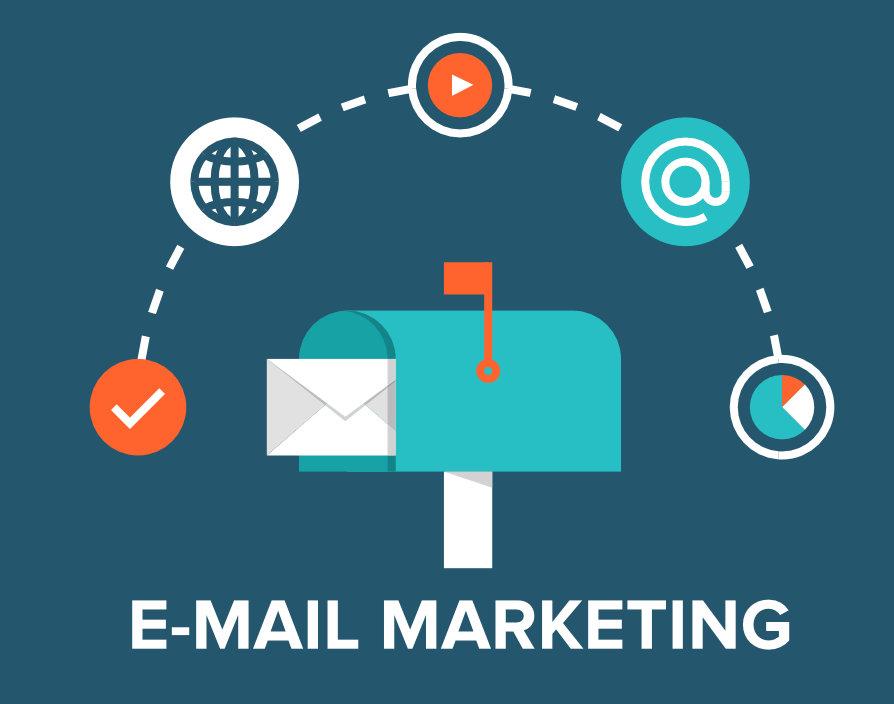Ian Gibbs, Insight Director of the Data & Marketing Association (DMA UK) discusses why email marketing is resonating more with consumers and what businesses need to consider in their future communications
Depending on how you view it, the cost-of-living crisis has either presented a crisis in marketing effectiveness, or it has created an environment of profound opportunity for marketers.
While squeezed consumer wallets have made it harder to elicit a specific acquisition or sale in response to marketing comms, the need to nurture customers through difficult times becomes a role of fundamental importance for brands.
The email channel arguably offers unrivalled effectiveness in fulfilling this role and its relevance to consumers continues to rise. The metrics that matter don’t lie, email remains a key part of a consumer’s omni-channel journey.
The Data & Marketing Association (DMA UK)‘s latest research, the ‘Consumer Email Tracker 2023’ report, supported by Deployteq, delves into consumers’ perceptions, preferences, and dislikes when it comes to email. The survey asked over 2,000 consumers their opinion about the emails they receive from brands and how they choose to interact with them.
Email marketing becoming more relevant
The report reveals that a growing number of consumers stating they find email brand messages useful: in 2021 the figure was just 15%, but it has now doubled to 32%.
It’s a tonic for marketers that a growing share of consumers feel a good proportion of emails they receive are useful. Inboxes remain crowded, so complementing utility with good design, content, offers and other added value features can help build cut-through.
Another key part of this improvement is enhanced list segmentation processes post-GDPR, with many more marketers ensuring they engage consumers with the right opportunities and the right times – using data insights to understand their customers better.
Consumers continue to rank email first – ahead of all other marketing channels – for receiving brand messages about discounts, offers and sales (64% rank it first); new products/services (53%); and advice, information, and reviews (44%).
Email stands out as consumers’ channel of choice at every point of the purchase journey,
serving their needs across multiple contexts. But email shouldn’t sit in a silo: it’s most effective when used in conjunction with complementary channels that also score highly for pre- and post-purchase communication, and customer service – ranging from face-to-face contact, to apps and social media.
Consumers use email accounts in different ways
The use of different inboxes for personal emails and marketing emails is on the rise. 37% of consumers now keep personal and marketing emails separate by using different inboxes, a significant jump from 23% in 2021 (+14%).
Half of all 18- to 24-year-olds split email addresses this way; in addition, 39% of
women do – compared to 34% of men. A quarter of consumers go even further. They use a specific email address to receive marketing emails from “best friend” brands – the ones they trust the most. Consumers aged from 25 to 34 are most likely to do this (37%).
In the age of ad saturation, avoidance of brand messages across channels is becoming more common due to consumer behaviours such as ad blocking and time-shifted viewing. Email isn’t immune: ad exposure can be controlled by the consumer, switched on or off at their discretion and occupying a discreet part of their lives.
It is important to realise that while consumers say they have multiple email addresses, and
each serves a different purpose, new services from email providers are changing the picture.
Some – including Apple – allow infinite addresses to be used. Consumers could even take advantage to effectively have one per brand, so the email marketing landscape may be more complex than it seems!
Consumers are also increasingly curious about how companies acquire their email addresses—over one-third (34%) of consumers often wonder about their email addresses’ source. It’s now more apparent that companies need to be entirely transparent in their communications.
Email marketing’s value rises for businesses
Our Consumer Email Tracker helps businesses to understand what consumers really think of their marketing, highlighting that there are a plethora of reasons why many email metrics have improved over the past two years – influenced by both marketer and consumer behaviour.
Whether it be marketers’ improving their targeting, content, and communication efforts at all stages of the customer journey, or consumers increasing proclivity to segment their personal and marketing emails encouraging a more receptive mindset while viewing brand emails, it is clear that email effectiveness is growing at an encouraging rate.
Share via:


















































